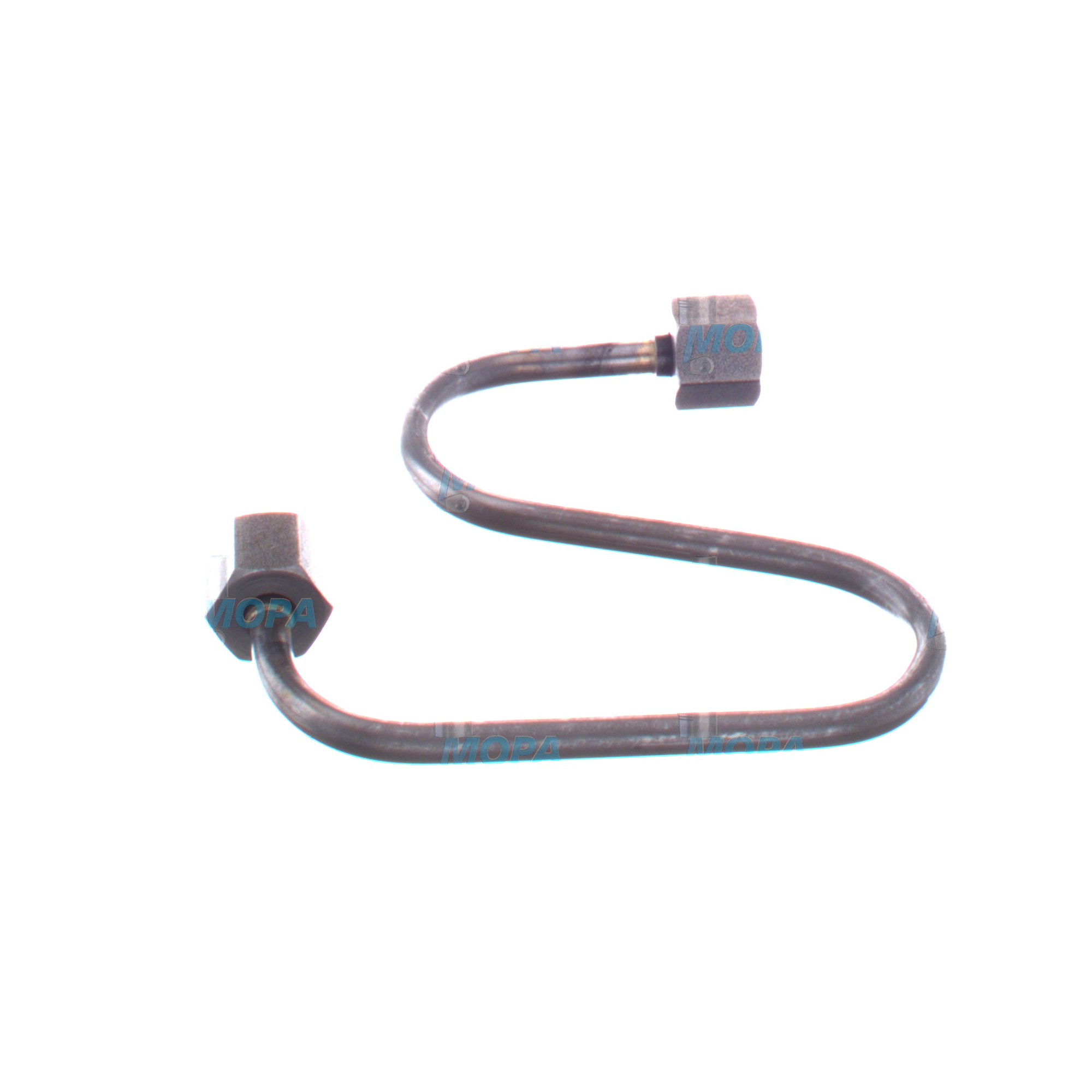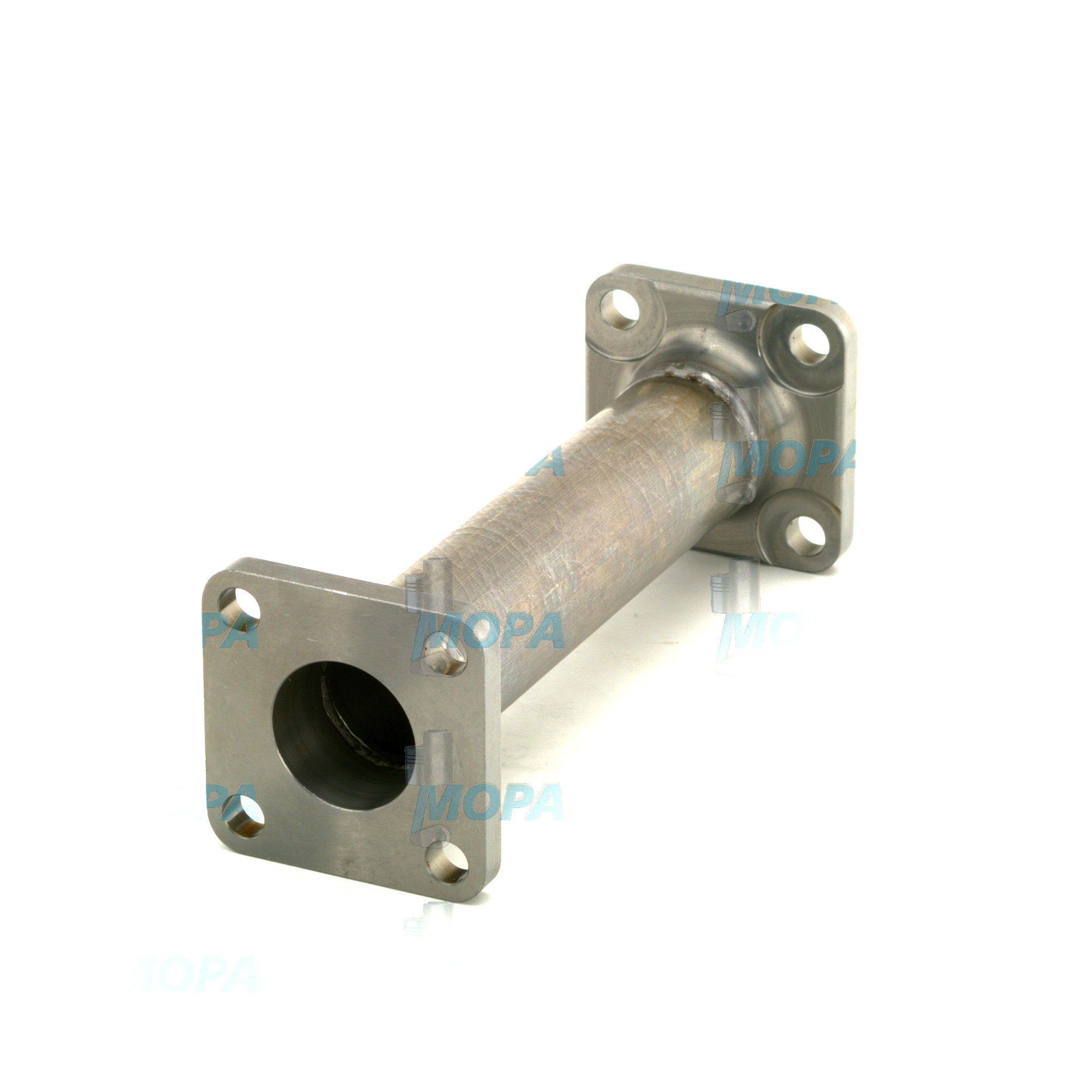VENT LINE solutions within Lines and Pipes for high-performance engines
Lines and pipes are the circulatory system of any combustion engine. They transport and balance the flow of fuel, lube oil, coolant, air, exhaust gases, and vapors, ensuring that every subsystem receives the right medium at the right pressure and temperature. Within this category, the VENT LINE is a critical element: it equalizes pressure, removes vapors, and protects components from stress, leaks, and unsafe operating conditions. On marine engine installations and large industrial diesel engine packages alike, robust, correctly routed lines and pipes are fundamental to uptime, efficiency, and safety.
From precision-bent steel injection pipes to corrosion-resistant coolant pipes and well-routed crankcase and tank venting, the quality and specification of each line determine how reliably the engine performs. Material selection, wall thickness, bending radius, connection standards, and vibration resistance are all decisive—especially in harsh marine environments where salt-laden air, thermal cycling, and continuous load demand superior engineering.
Technical function: How Lines and Pipes—and the VENT LINE—keep a diesel or marine engine stable
Lines and pipes build closed circuits that control pressure, flow, and temperature. Fuel lines feed low-pressure fuel to high-pressure pumps; high-pressure pipes deliver precisely metered fuel to injectors at up to four-digit bar levels. Lube oil lines supply bearings and camshafts with clean, pressurized oil. Coolant pipes transfer heat from jackets and charge-air coolers to heat exchangers. Air and exhaust lines guide charge air and remove combustion gases while managing backpressure.
The VENT LINE plays a distinct role across multiple subsystems. In a diesel engine, a crankcase VENT LINE evacuates blow-by gases, limiting internal pressure, carrying oil mist to a separator, and preventing seal damage. On fuel and day tanks, a VENT LINE prevents vacuum formation during consumption and protects against overpressure during bunkering, often incorporating flame arrestors and goosenecks for marine engine safety. In cooling circuits, bleed and VENT LINE routing removes trapped air to stabilize flow, eliminate hot spots, and protect pumps from cavitation. Correct sizing, slope, and termination points are essential—especially on large engines where line lengths and elevation changes can magnify pressure dynamics.
Well-engineered VENT LINE OEM parts integrate with the broader lines-and-pipes architecture: compliant connections (e.g., DIN/ISO compression fittings, JIC 37°, BSP/NPT), corrosion-resistant materials (316L stainless, CuNi 90/10 for seawater systems), vibration compensators, and secured brackets to prevent fretting and fatigue. In marine engine rooms, anti-siphon loops, deck penetrations, and weather-protected vents reduce the risk of water ingress and vapor hazards while maintaining correct breathing of tanks and enclosures.
- · Stable pressures across fuel, oil, and coolant circuits
- · Efficient degassing via correctly routed VENT LINE paths
- · Materials matched to media: stainless, CuNi, precision steel
- · Robust connections: DIN/ISO compression, JIC, BSP/NPT
- · Vibration control with clamps, supports, and flexible sections
- · Thermal resilience and correct wall thickness for duty
- · Safe tank breathing with flame arrestors and goosenecks
- · Compliance with marine and industrial engine requirements
Importance for engine operation: reliability, safety, and service life
When lines and pipes are engineered and maintained properly, engines operate at design efficiency with minimal stress on pumps, seals, and rotating components. Conversely, worn or incorrectly specified components can trigger cascading problems. A partially blocked VENT LINE can cause vacuum in a tank, starving the fuel supply and inducing power loss. A restricted crankcase VENT LINE elevates internal pressure, pushing oil past seals and accelerating bearing wear. Microcracks in high-pressure fuel pipes can lead to atomized leaks, creating severe safety hazards. Corroded coolant pipes contribute to hot spots, liner cavitation, or head gasket stress.
In real-world operation, the combined effects of vibration, thermal cycles, and corrosive atmospheres demand lines and pipes that maintain dimensional stability and sealing integrity over time. Clamping intervals, bend radii, and bracket positions are not cosmetic; they directly influence fatigue life. Clean venting preserves pump performance and sensor accuracy, stabilizing idle, preventing foaming, and protecting emission-control components. For shipowners and plant operators, this translates to predictable maintenance windows and reduced unplanned downtime.
Advantages of OEM spare parts suitable for Lines and Pipes and VENT LINE components
Choosing OEM spare parts for this category safeguards fit, function, and lifecycle cost. These components are engineered to match the engine’s exact routing, diameters, and connection standards, ensuring the intended flow characteristics and pressure stability are preserved after service interventions.
With OEM spare parts, purchasers and technical teams gain:
- · Consistent metallurgy and coatings for corrosion resistance
- · Verified burst, impulse, and leak-test performance
- · Accurate geometry for effortless installation and correct clamping
- · Compatibility across related parts (separators, sensors, valves)
- · Reliable sealing with matched fittings and seat angles
- · Documented traceability to support compliance and audits
- · Lower total cost through longer service intervals and fewer reworks
- · Correct VENT LINE routing accessories for diesel and marine engine duty
For VENT LINE OEM parts specifically, accuracy in internal diameter, slope, and termination design avoids vapor lock, prevents liquid carryover to separators, and maintains safe breathing of tanks and crankcases—directly impacting performance and safety.
MOPA as your partner for OEM spare parts: Lines and Pipes and VENT LINE supply
MOPA is an experienced, reliable partner for OEM spare parts in the Lines and Pipes category, including every VENT LINE needed for diesel and gas engines. We focus on speed, quality, and security in parts trading: fast quotations, responsive logistics, and robust packaging that protects precision-bent pipes and sensitive fittings in transit. Our network supports global marine engine operators and industrial sites with short lead times and consistent availability across critical line assemblies, venting hardware, clamps, and accessories.
Whether you need a crankcase VENT LINE for a large-bore marine engine, fuel tank breathing components for bunkering safety, or coolant bleed lines to stabilize a high-output diesel engine, MOPA connects you with the right OEM parts—precisely matched to your engine type and serial range—so retrofits and overhauls proceed quickly and securely.
Conclusion: Why Lines and Pipes—and the VENT LINE—matter
Lines and pipes are fundamental to engine health, and the VENT LINE is central to safe pressures, stable flows, and clean operation. Specifying and maintaining these components with OEM spare parts preserves performance, reliability, and service life while protecting the maintenance budget.
Partner with MOPA to source OEM spare parts for Lines and Pipes, including VENT LINE solutions for marine and industrial diesel engines, and keep your assets running at peak efficiency.



